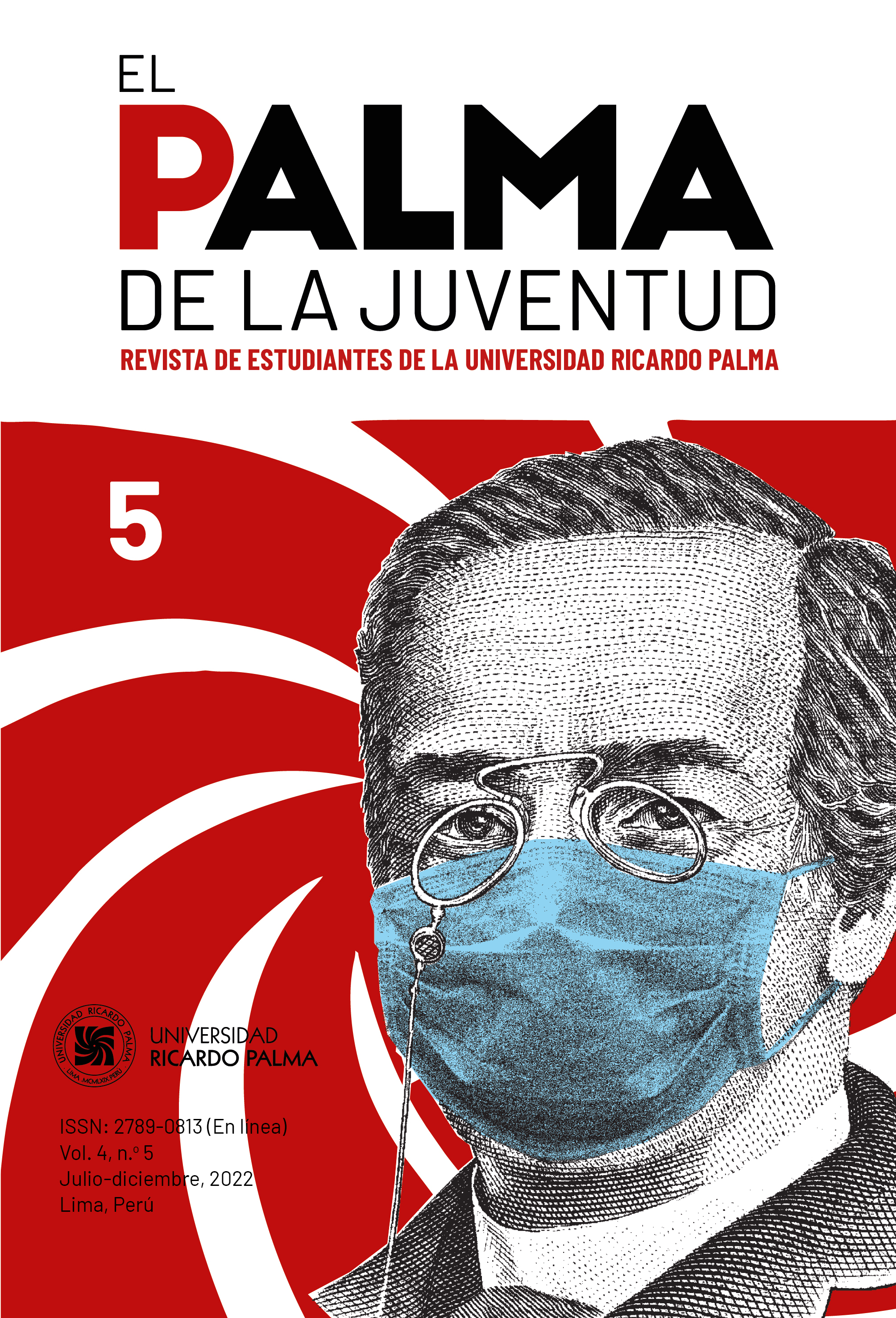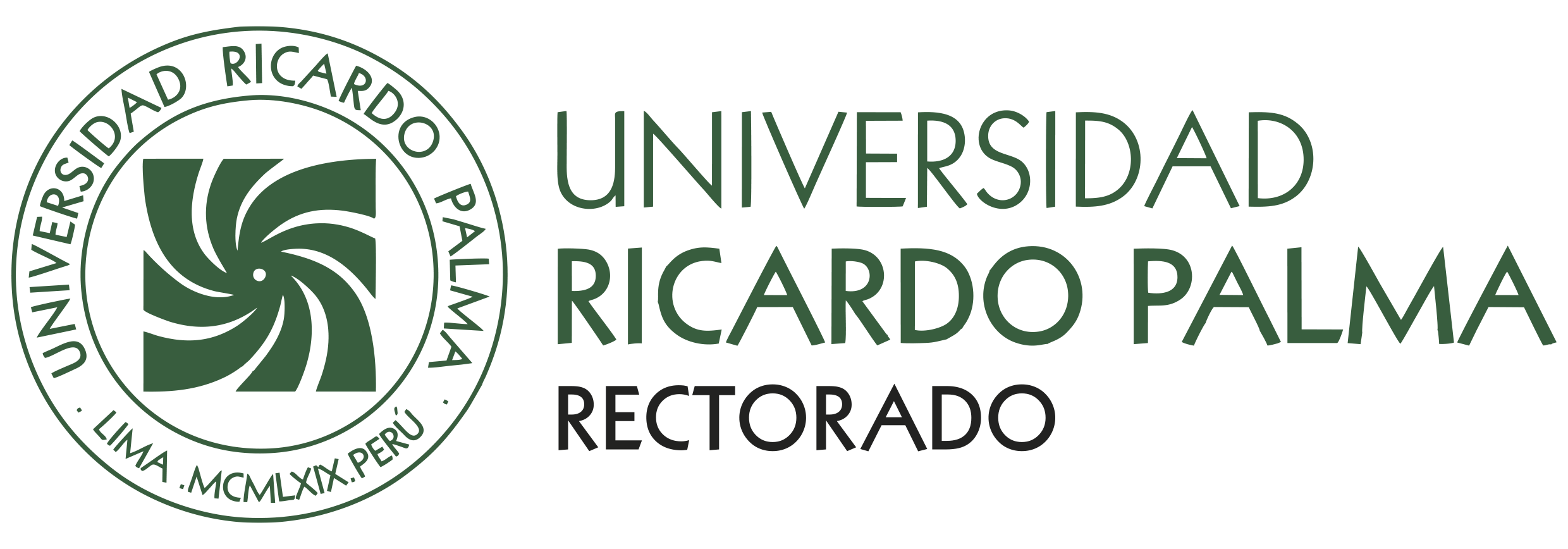The Gender Racism in the United States and Peru in relation to Aves sin nido by Clorinda Matto de Turner
DOI:
https://doi.org/10.31381/epdlj.v4i5.5132Keywords:
racism, gender discrimination, indigenous women, African American women, United States, PeruAbstract
This article explores how racism, gender discrimination, and hypersexualization affected indigenous women in viceregal Peru, using Clorinda Matto de Turner’s novel Aves sin nido as a basis. Similarly, it is analyzed how these same factors also affected AfricanAmerican women in the United States during the time of slavery. In both cases, it is argued that the idea of racial behavior reinforces the repression of women who represent the minority in their respective countries.
References
Bant, A. y Girard, F. (2008). Sexuality, health, and human rights: self-identified priorities of indigenous women in Peru. Gender & Development, 16(2), 247-256. doi: https://doi.org/10.1080/13552070802120426
Crenshaw, K. (1991). Mapping the Margins: Intersectionality, Identity Politics, and Violence against Women of Color. Stanford Law Review, 43(6), 1241-1299. doi: https://doi.org/10.2307/1229039
Kendi, I. X. (2019). How to be an antiracist. Random House Publishing Group.
King, W. (2014). «Prematurely Knowing of Evil Things»: The Sexual Abuse of African American Girls and Young Women in Slavery and Freedom. The Journal of African American History, 99(3), 173-196. doi: https://doi.org/10.5323/jafriamerhist.99.3.0173
Levine, P. (2013). Naked Truths: Bodies, Knowledge, and the Erotics of Colonial Power. Journal of British Studies, 52(1), 5-25. doi: https://doi.org/10.1017/jbr.2012.6
Matto, C. (1998). Aves sin nido. Colofón.
Downloads
Published
How to Cite
Issue
Section
License
Copyright (c) 2022 Anna Graff

This work is licensed under a Creative Commons Attribution 4.0 International License.
La revista utiliza una licencia Creative Commons para mostrar a los lectores y usuarios cómo se pueden utilizar los contenidos publicados.
Los contenidos publicados en esta revista están bajo una licencia CC-BY 4.0. Esta licencia permite:
- Compartir, copiar y redistribuir el material en cualquier medio o formato.
- Adaptar, remezclar, transformar y construir a partir del material para cualquier propósito, incluso comercialmente.
Bajo los siguientes términos:
- Atribución. Usted debe dar crédito de manera adecuada, brindar un enlace a la licencia, e indicar si se han realizado cambios. Puede hacerlo en cualquier forma razonable, pero no de forma tal que sugiera que usted o su uso tienen el apoyo de la licenciante.










